Deep Sea
The deep sea, its barely explored biodiversity and its persistent mystification as „untouched“ nature –
seemingly free of any human presence in its infinite darkness – are associative starting points for
Carolin Seeliger’s Deep Sea series of works.
In an intuitive, almost alchemical process, Seeliger works with sand samples from a marine research institute
and products from the beauty industry. Emulsions and gel-like substances are spread on a glass plate –
ephemeral, organic forms that are captured photographically in the moment before they dissolve.
Otherwise invisible air bubbles, shimmering particles and the microplastics contained in both the cosmetics
and the sand samples come to light. In their abstractness and alienation, the formations inevitably evoke as-
sociations: microorganisms from the deep sea, amoebae and protozoa, ammonites and squid seem to emerge
from the opaque darkness of the black background. Evoking the appearance of a scientific experiment, the
fiction of this microscopic underwater inventory simultaneously points to the real presence of the micro-par-
ticles depicted, which have long since permeated the oceans. In this investigation of the hidden inner life of
cosmetic substances, ecological interdependencies, concepts of interspecies relationships and projections of
"nature" literally seem to merge.
Seeliger's works thus point to a paradox that seems to be inherent in human behaviour in relation to our own
perception of the oceans: on the one hand, their barely explored depths serve us as a synonym for the deep
unconscious, as a romantic metaphor of sublimity, as a projection surface for idealized ideas of untouched
nature. In fact, the oceans have long since become the key space of globalization and, as a biotic mass, are
already marked down to the microscopic level by traces left behind by mankind. Plastic is even found at their
deepest points, such as the Mariana Trench. Seeliger's use of cosmetics brings our own skin - our outer
boundaries, our interface - metaphorically close to the more far-reaching question of permeability and
contact present here: from the fluid transitions between artistic media and research areas to the unstoppable
penetration of nature by human influence.
Text by Linnea Bake
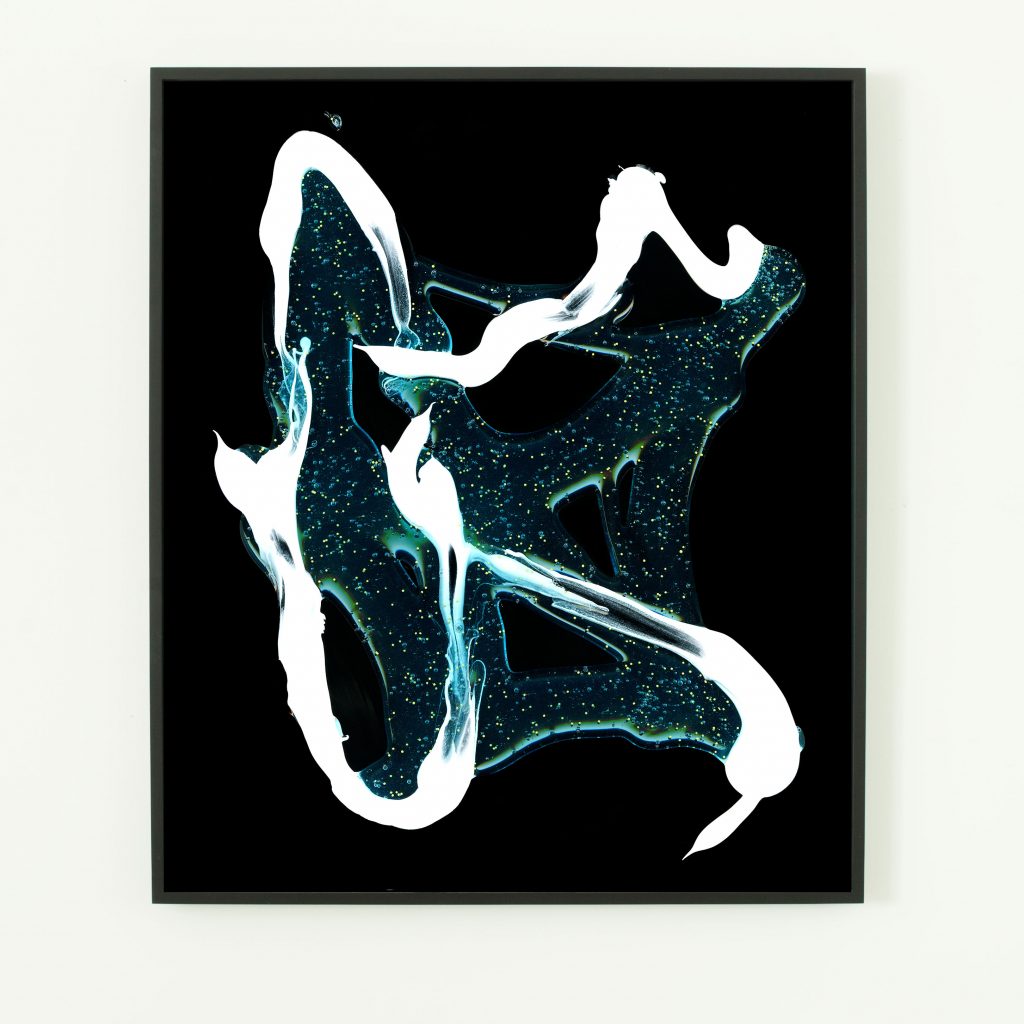
Thysanoteuthis rhombus scanogram 2018 85 x 100 cm
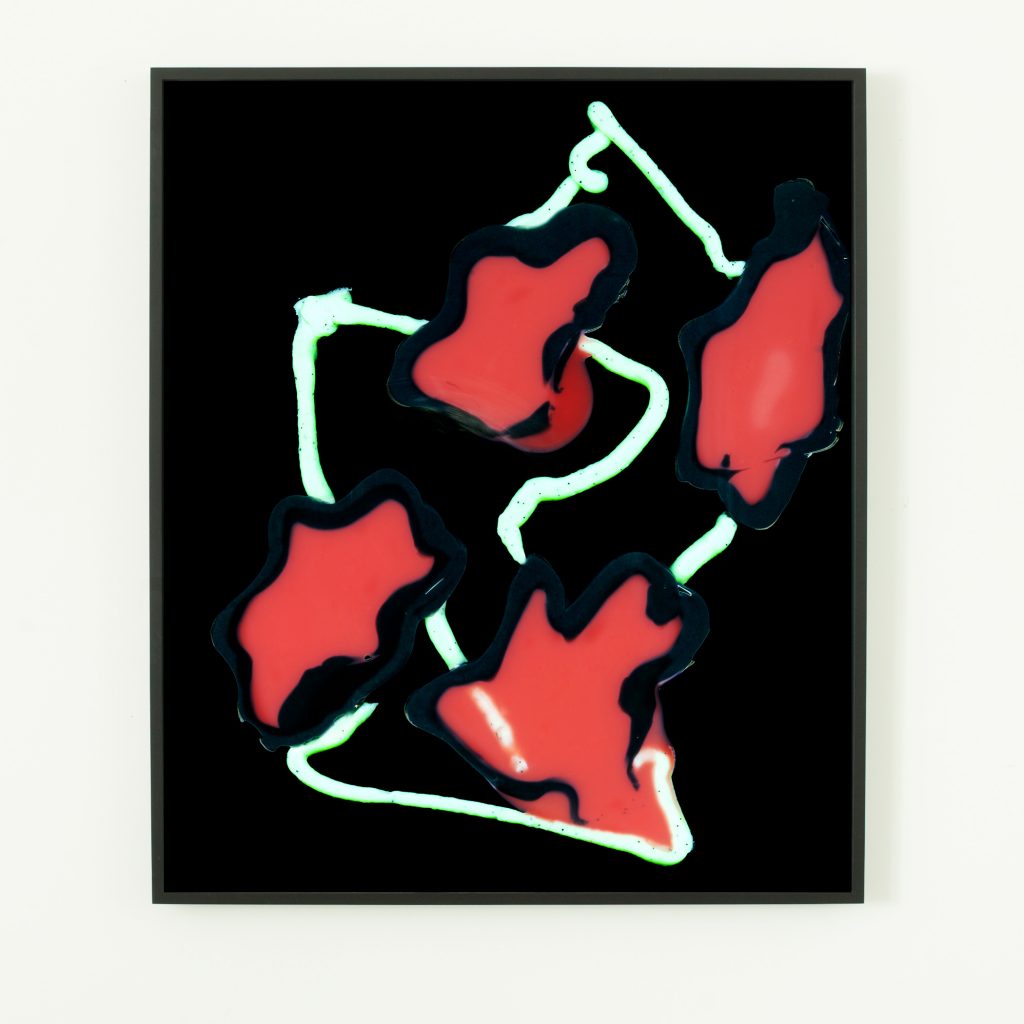
Corallium rubrum scanogram 2019 85 x 100 cm

Carybdea marsiupialis scanogram 85 x 100 cm
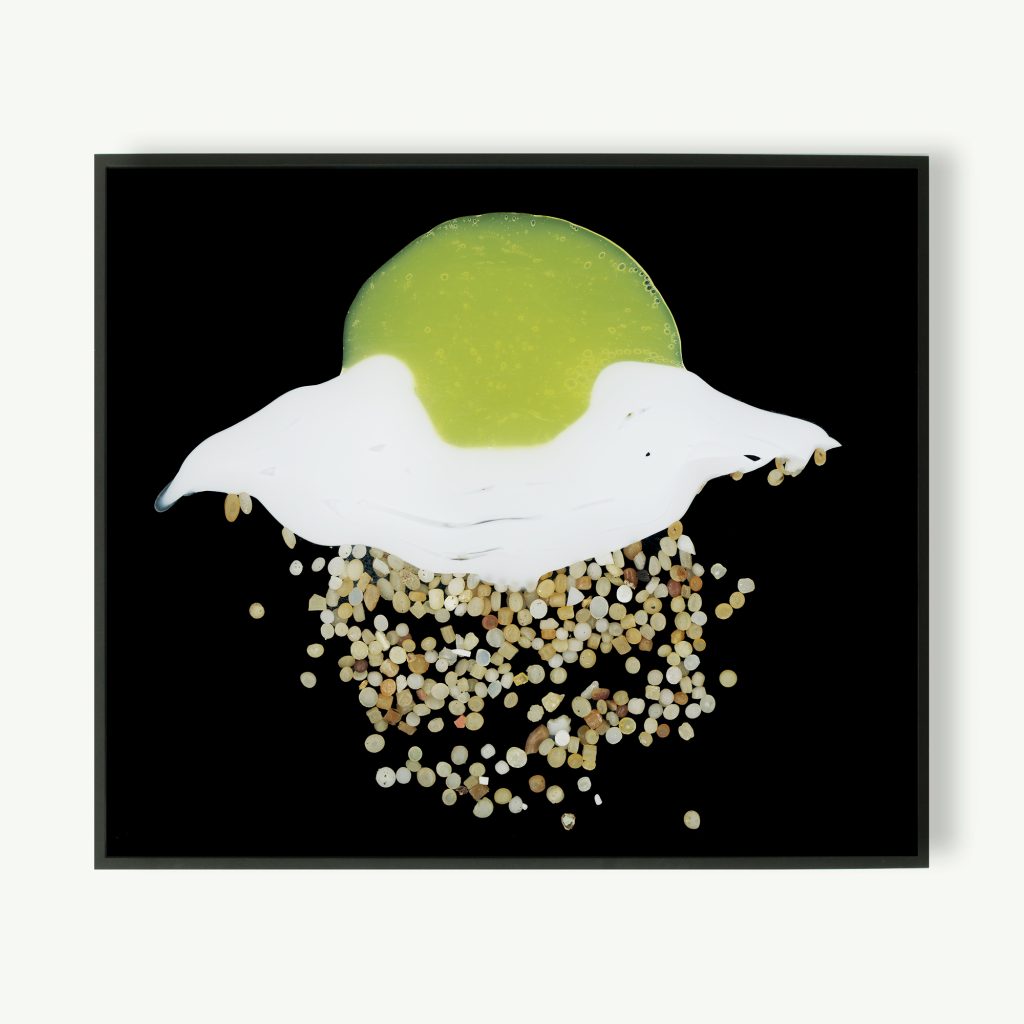
Cotylorhiza tuberculata scanogram 2022 100 x 85 cm

Eretmochelys imbricata scanogram 2018 85 x 100 cm

Chrysomallon squamiferum scanogram 2019 85 x 100 cm
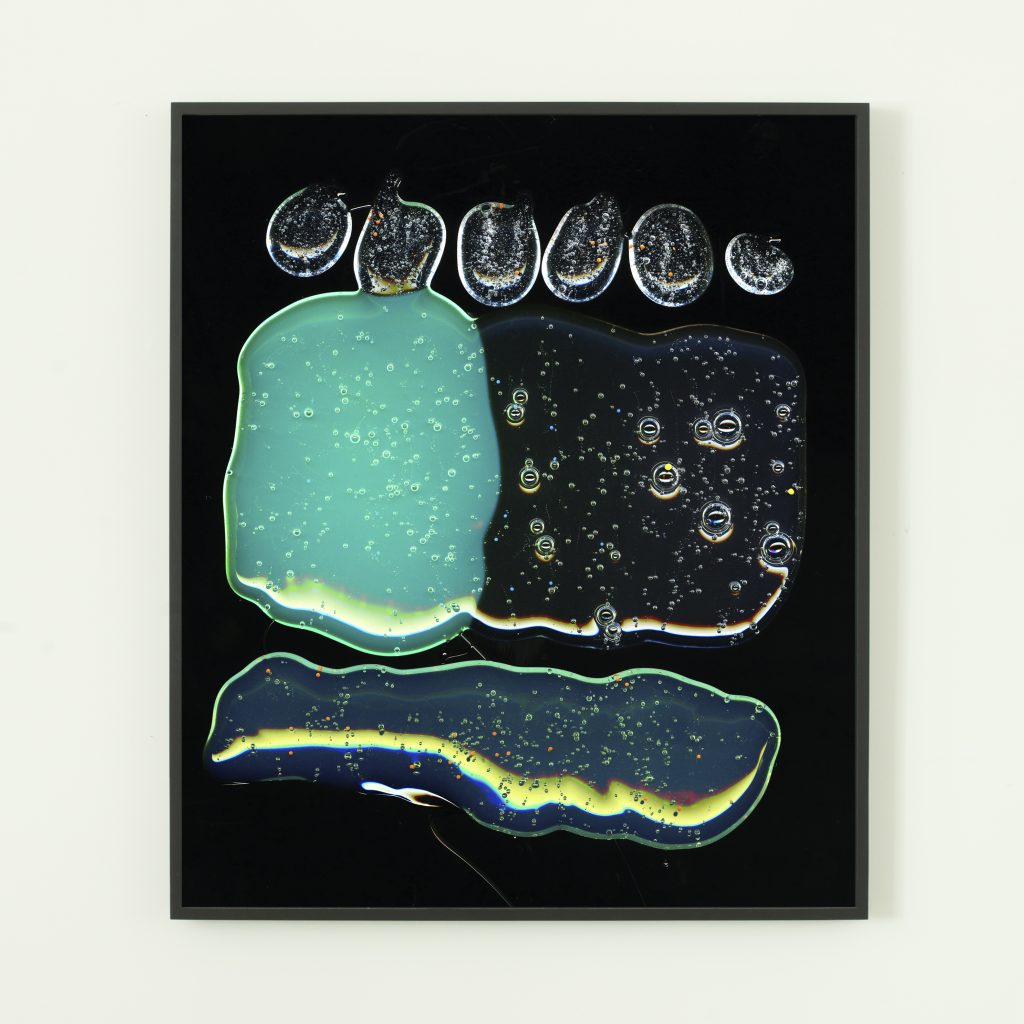
Carybdea rastani scanogramm 2018 85 x 100 cm
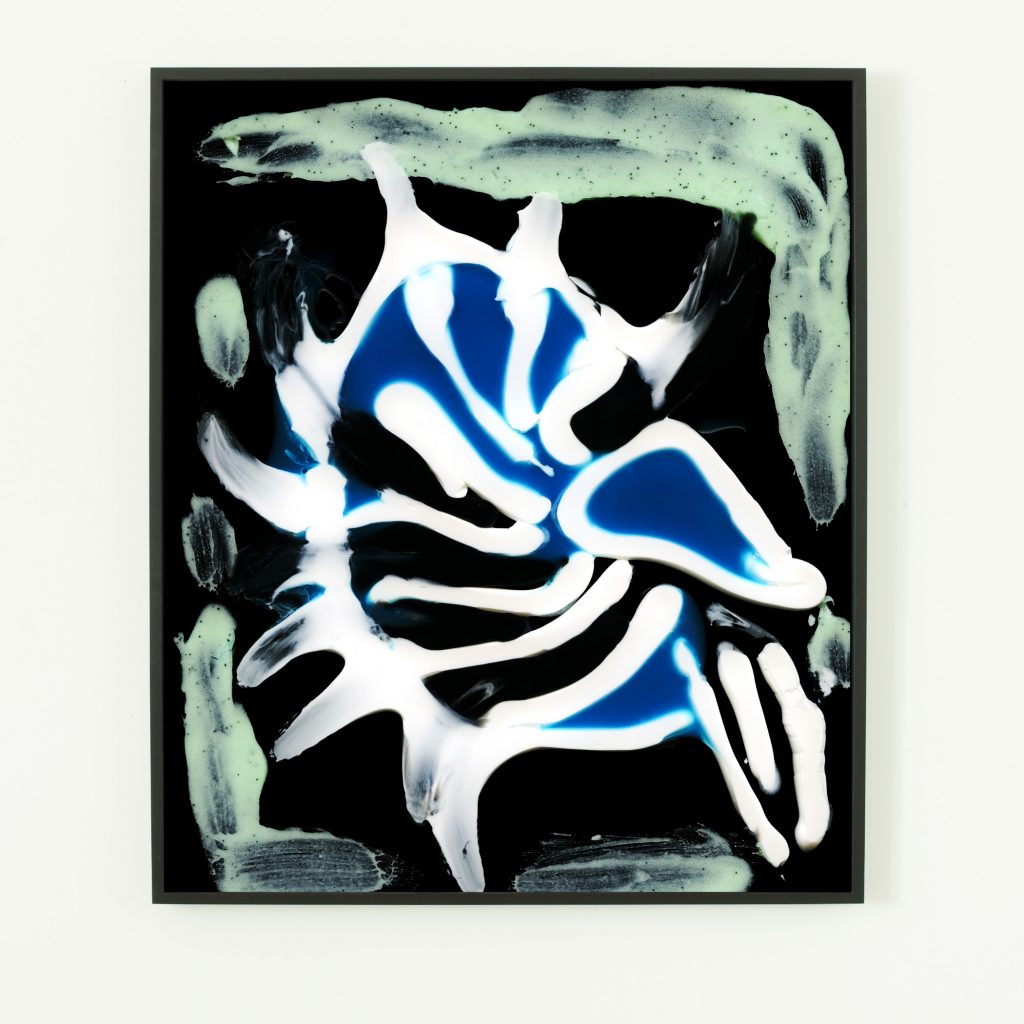
Tremoctopus scanogram 2019 85 x 100 cm
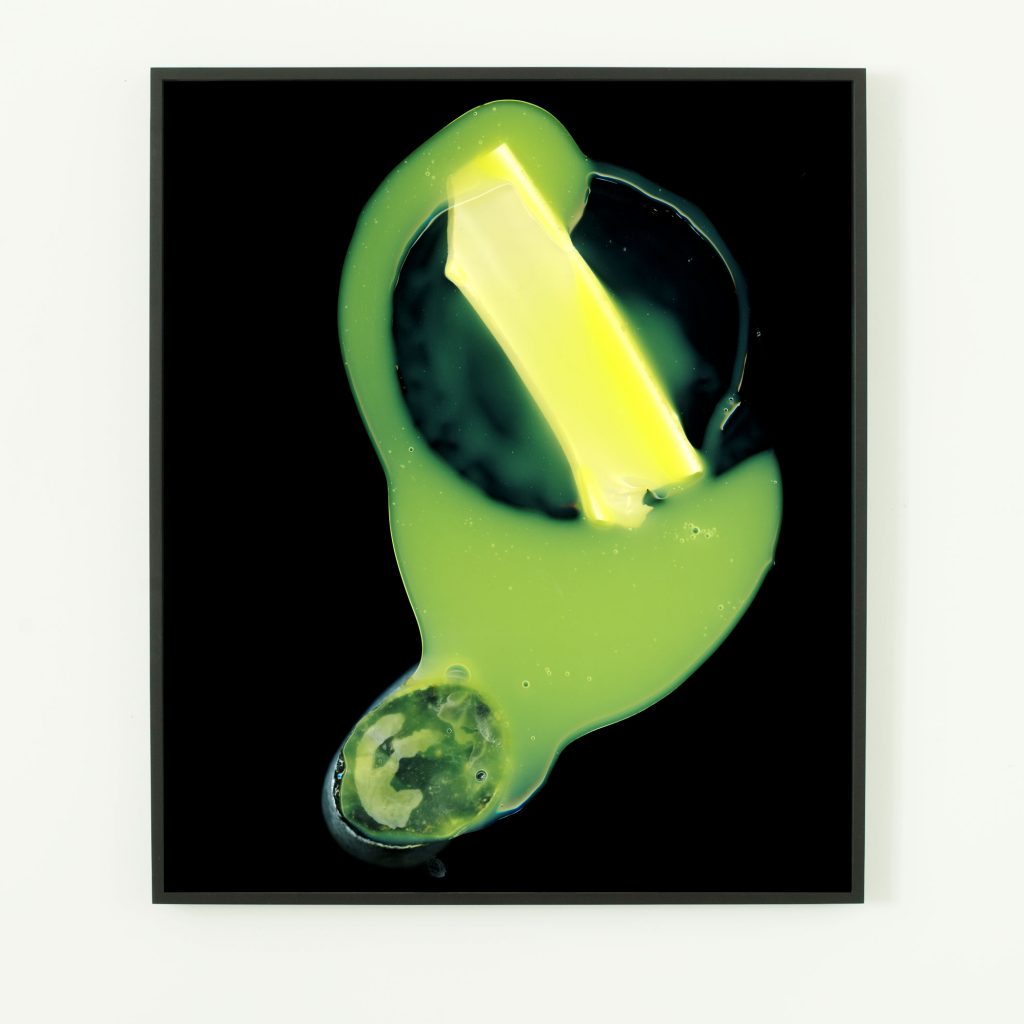
Nautilus pompilius scanogram 2019 85 x 100 cm
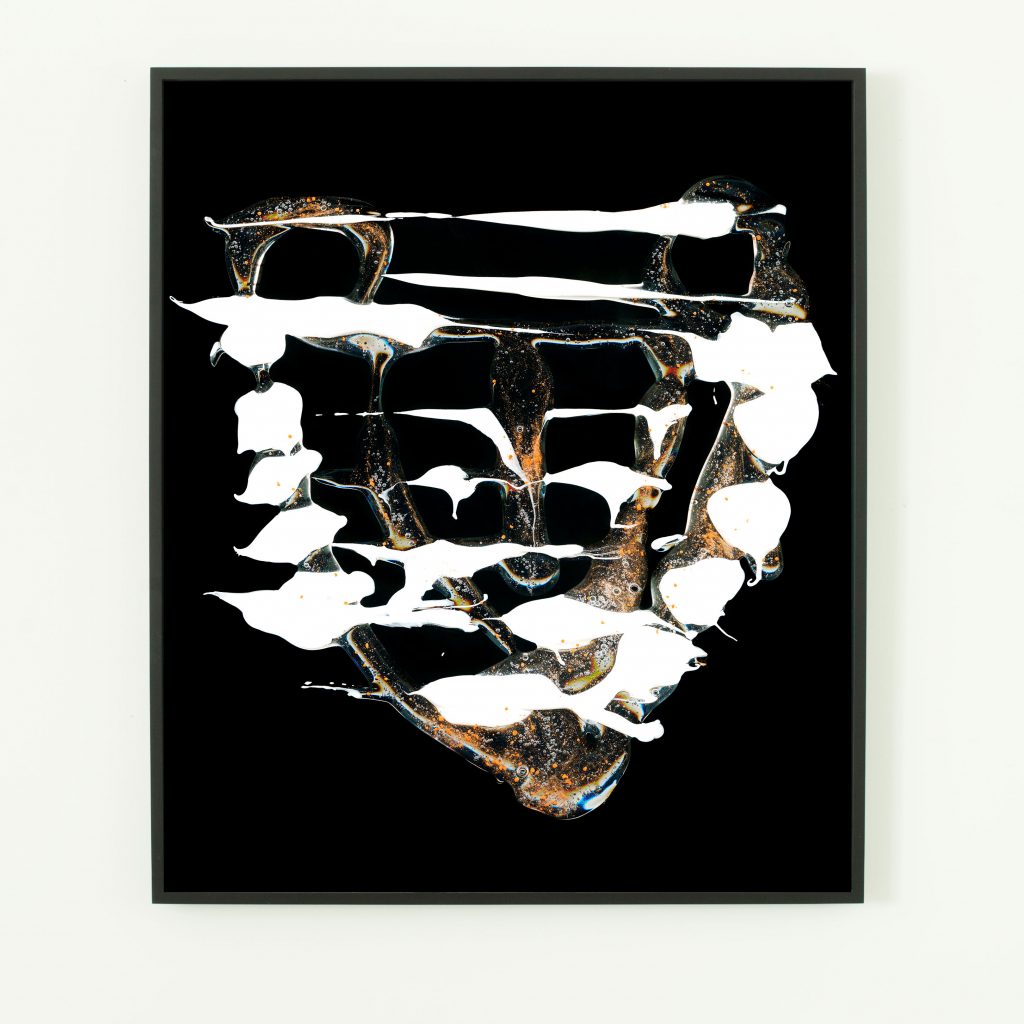
Ctenophora 2018 scanogram 85 x 100 cm
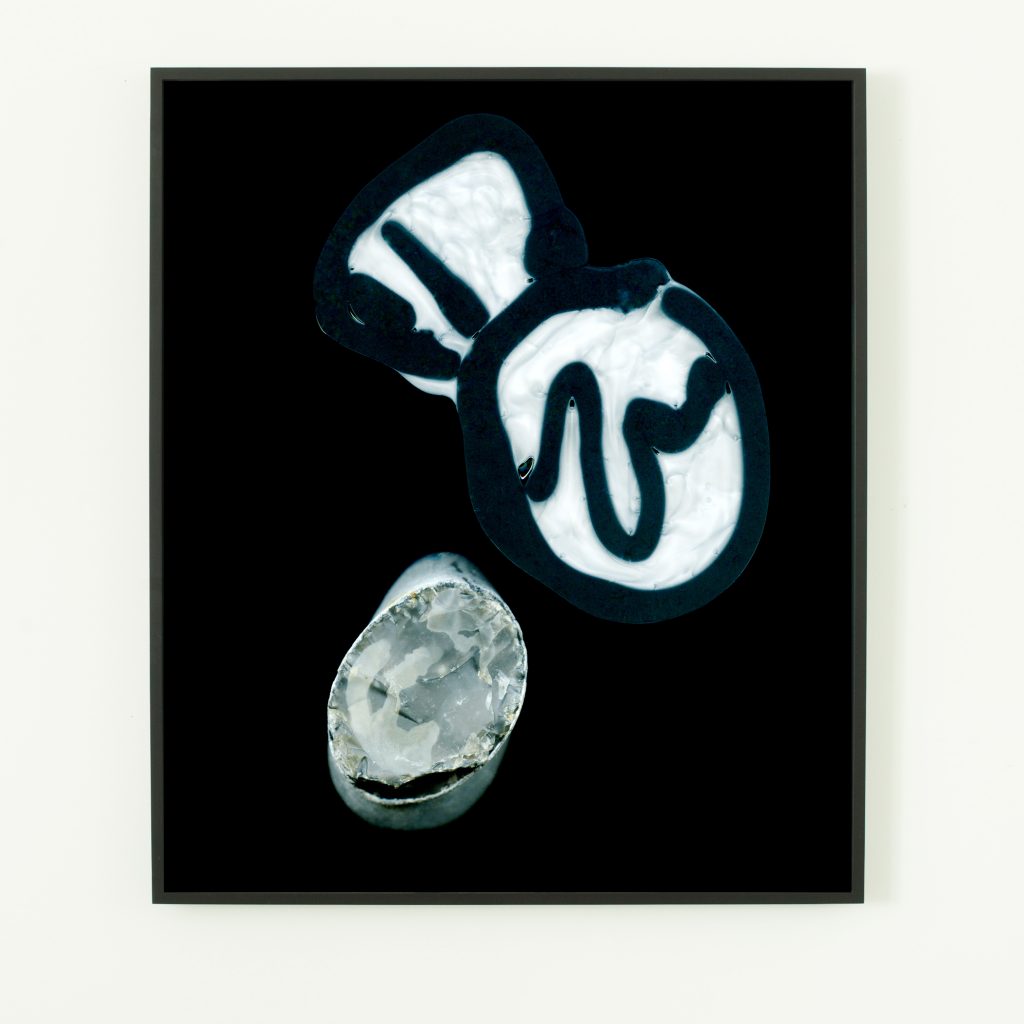
Amphipoda scanogram 2019 85 x 100 cm
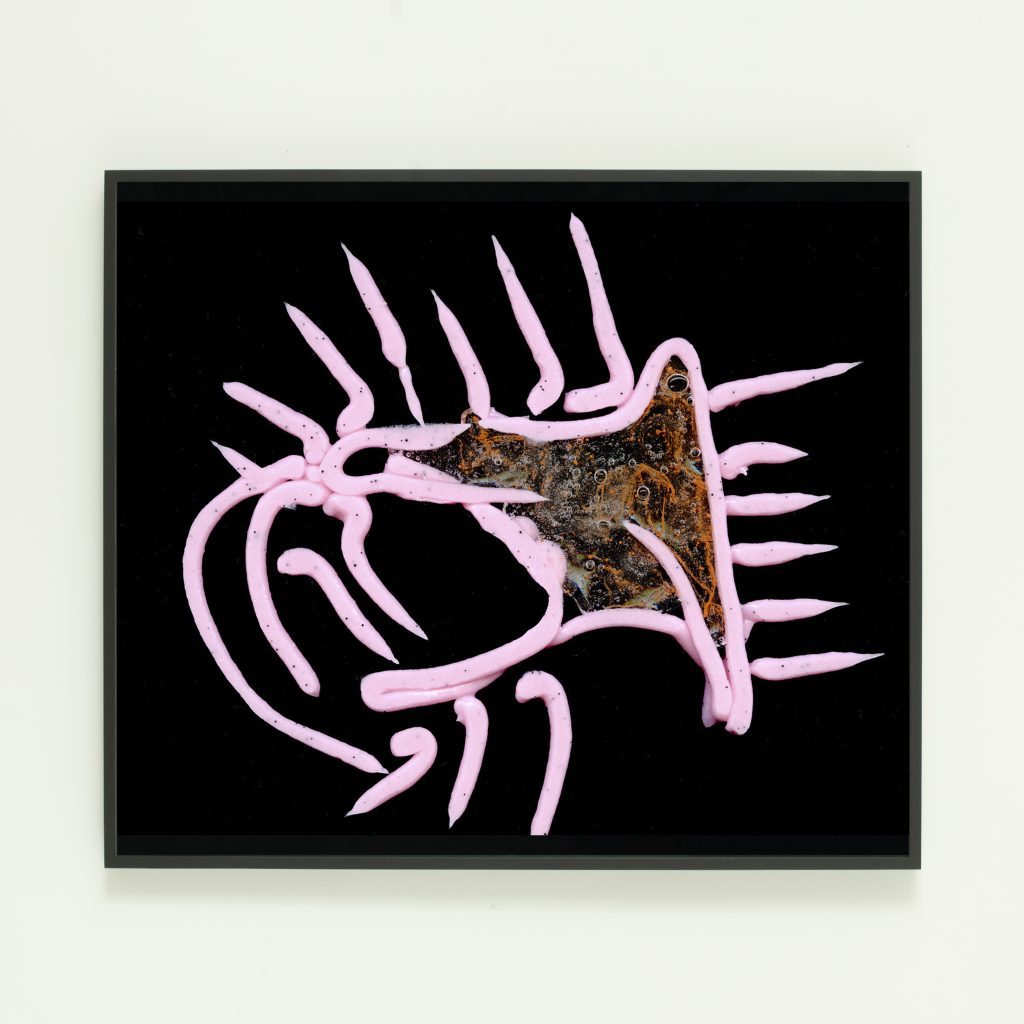
Actinoscyphia scanogram 2019 85 x 100 cm